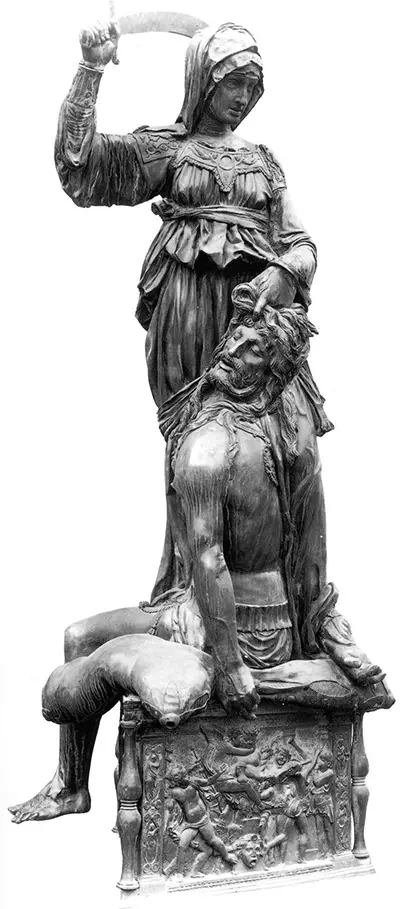This biography uncovers the path taken by Donatello to become one of the most skilled members of the Italian Renaissance
Lorenzo Ghiberti provided the budding artist with an essential apprenticeship which helped him to understand the technicalities of sculpture in a variety of mediums whilst also rubbing shoulders with other creative minds. The earliest training for Donatello was from a goldsmith's, a route taken by many artists during this time, but it was the link up with Ghiberti which was to prove more beneficial to his development.
Donatello's career would leave a huge influence on future generations of Renaissance sculptors, with several of his techniques becoming coined terms that are still used today. He is considered by many to have been the most skilled sculptor of all, but some would dispute that against the likes of Gian Lorenzo Bernini, Giotto and particularly Michelangelo.
Donatello was born in or around 1386 to Nicolo di Betto Bardi, a Florentine Woolcombers Guild member. After his spells working in a goldsmiths and under the tutorship of Ghiberti the artist would head to Rome after striking up a friendship with Brunelleschi.
It was during their time in Rome that Donatello would begin to focus entirely on sculpture whilst his colleague would specialise in architecture. They worked in several goldsmiths in order to finance their day to day expenses. Donatello spent time here learning more about classical art history, some principle of which would make it into his own work in later years.
It was from around 1406 that Donatello would start to produce commissioned artworks, with some of his earliest sculptures being amongst the finest that he ever created. David, St Mark and St. John the Evangelist all arrived in the first few years. By the time that St George arrived in 1417 it was time for the artist to enter the middle period of his career.
Whilst his earlier years were influenced by his friendship with Brunelleschi, it was a fellow sculptor by the name of Michelozzo that he would then forge a strong partnership as his career entered its next phase. It was in the late 1420s that they set of to Rome where they would contribute to the tombs of Pope John XXIII (sent to Florence) and Cardinal Brancacci (sent to Naples).
Much of Donatello's later years were spent in Padua. It was here that his equestrian masterpiece was completed, named the Gattamelata. He would also experiment with perspective more than he had ever done before, making further advancements that others would later make use of in their own careers. By 1455 he was back in Florence and producing a rare wooden sculpture with the haunting Penitent Magdalene.




